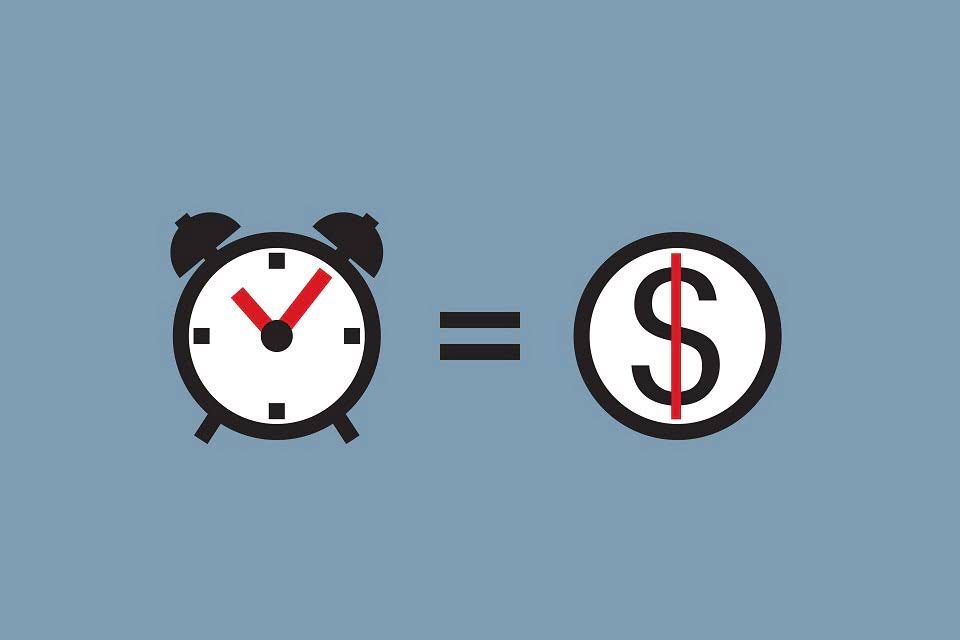
Calculating your marginal costs helps you decide whether producing extra units is worth it or whether you might need to scale down. You’ll have all the info you need for one of your biggest expenses, which will help make your marginal cost calculations super accurate. If you can sell an item for more than it costs you to produce, you stand to see increased profits.
Marginal Cost vs. Marginal Revenue: What is the Difference?
- It is often seen that education is a positive for any whole society, as well as a positive for those directly involved in the market.
- Marginal cost is the cost to produce one additional unit of production.
- The company incurs both fixed costs and variable costs and has additional capacity to manufacture more goods.
- By understanding marginal cost, you can price your products competitively yet profitably, ensuring that each sale contributes positively to your bottom line.
- You can get a visual representation of diseconomies of scale with a u-shaped curve known as the marginal cost curve.
For example, consider a consumer who wants to buy a new dining room table. Since they only have one dining room, they wouldn’t need or want to purchase a second table for $100. They might, however, be enticed to purchase a second table for $50, since there is an incredible value at that price. Therefore, the marginal benefit to the consumer decreases from $100 to $50 with the additional unit of the dining room table.
Marginal Analysis
The purpose of analyzing marginal cost is to determine at what point an organization can achieve economies of scale to optimize production and overall operations. If the marginal cost of producing one additional unit is lower than the per-unit price, the producer has the potential to gain a profit. Marginal cost is the additional cost that an entity incurs to produce one extra unit of output. In other words, it is the change in the total production cost with the change in producing one extra unit of output. Let us learn more about the marginal cost along with its formula in this article. For discrete calculation without calculus, marginal cost equals the change in total (or variable) cost that comes with each additional unit produced.
How incremental changes in production affect costs and profit margins: case studies
It is because of the exhaustion of resources or the overuse of resources. The marginal cost curve is given below for your better understanding. Total production costs include all the expenses of producing products at current levels. As an example, a company that makes 150 widgets has production costs for all 150 units it produces. The marginal cost of production is the cost of producing one additional unit.

Calculating Marginal Revenue
To calculate marginal cost, divide the difference in total cost by the difference in output between 2 systems. For example, if the difference in output is 1000 units a year, and the difference in total costs is $4000, then the marginal cost is $4 because 4000 divided by 1000 is 4. Much of the time, private and social costs do not diverge from one another, but at times social costs may be either greater or less than private costs. When the marginal social cost of production is greater than that of the private cost function, there is a negative externality of production. Productive processes that result in pollution or other environmental waste are textbook examples of production that creates negative externalities.
Economies of scale
Marginal cost is a production and economics calculation that tells you the cost of producing additional items. You must know several production variables, such as fixed costs and variable costs in order to find it. To grasp marginal cost, you need to understand its relationship with total cost and variable cost. how is marginal cost (mc) calculated Total cost is the sum of all your expenses in producing goods or service–both fixed and variable costs. Variable costs are those that fluctuate depending on your production volume, like raw materials and hourly wages. Marginal cost is calculated by dividing the change in costs by the change in quantity.
- Next, the change in total costs and change in quantity (i.e. production volume) must be tracked across a specified period.
- By understanding the additional cost of producing one more unit, a business can determine the optimal production level to maximize profit or minimize costs.
- Marginal cost will help you when pricing products in a competitive market.
- You’ll increase your profits by $15,500—that’s $25,000 in revenue from the extra 100 doors minus the $9,500 cost of producing them.
- An increase or decrease in the volume of goods produced translates to costs of goods manufactured (COGM).
Impact of marginal cost on pricing competitive products or services

Keeping an eye on your marginal cost formula is important because it helps you find the sweet spot—producing enough units to meet customer demand without losing money. Let’s say there’s a small company called ABC Wallets that produces 5,000 high-quality, artisanal leather wallets every year. Every year, this level of production costs them $250,000—these are their production costs. https://www.bookstime.com/ The marginal cost intersects with the average total cost and the average variable cost at their lowest point. Take the [Relationship between marginal cost and average total cost] graph as a representation. To determine the change in costs, simply deduct the production costs incurred during the first output run from the production costs in the next batch when output has increased.


The amount of marginal cost varies according to the volume of the good being produced. The formula above can be used when more than one additional unit is being manufactured. However, management must be mindful that groups of production units may have materially varying levels of marginal cost. Begin by entering the starting number of units produced and the total cost, then enter the future number of units produced and their total cost. Variable cost is only a component of marginal cost, but is usually a key component. This is because fixed costs usually remain consistent as production increases.
